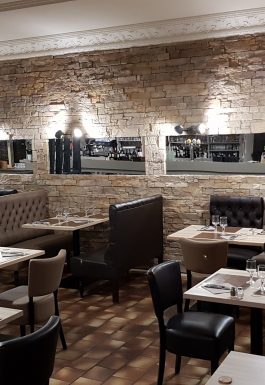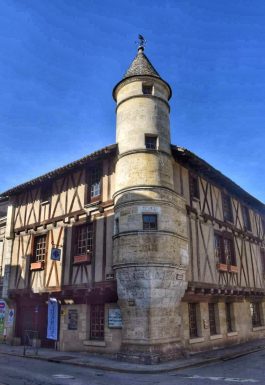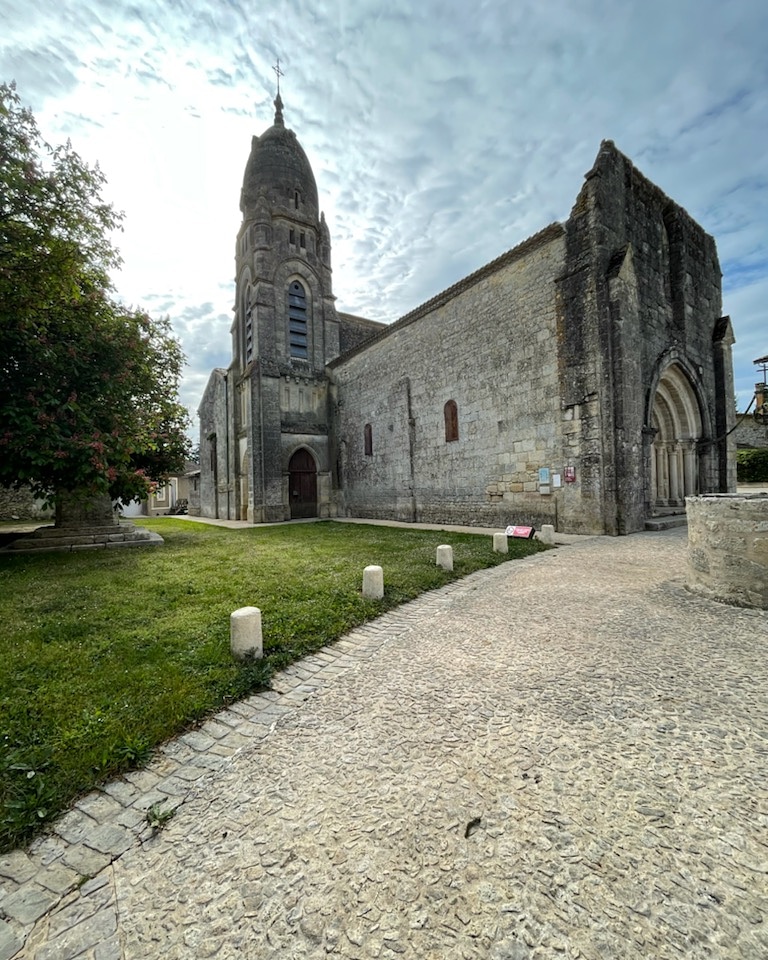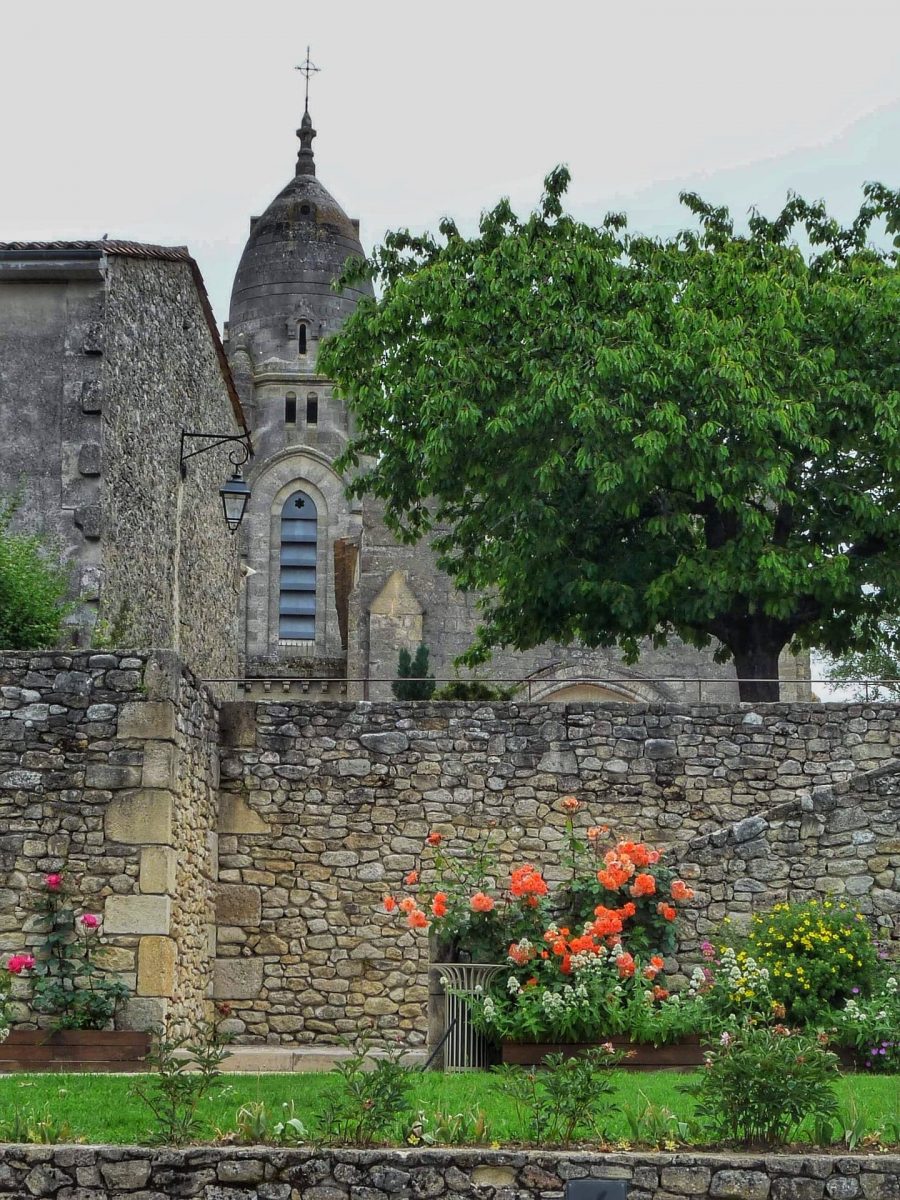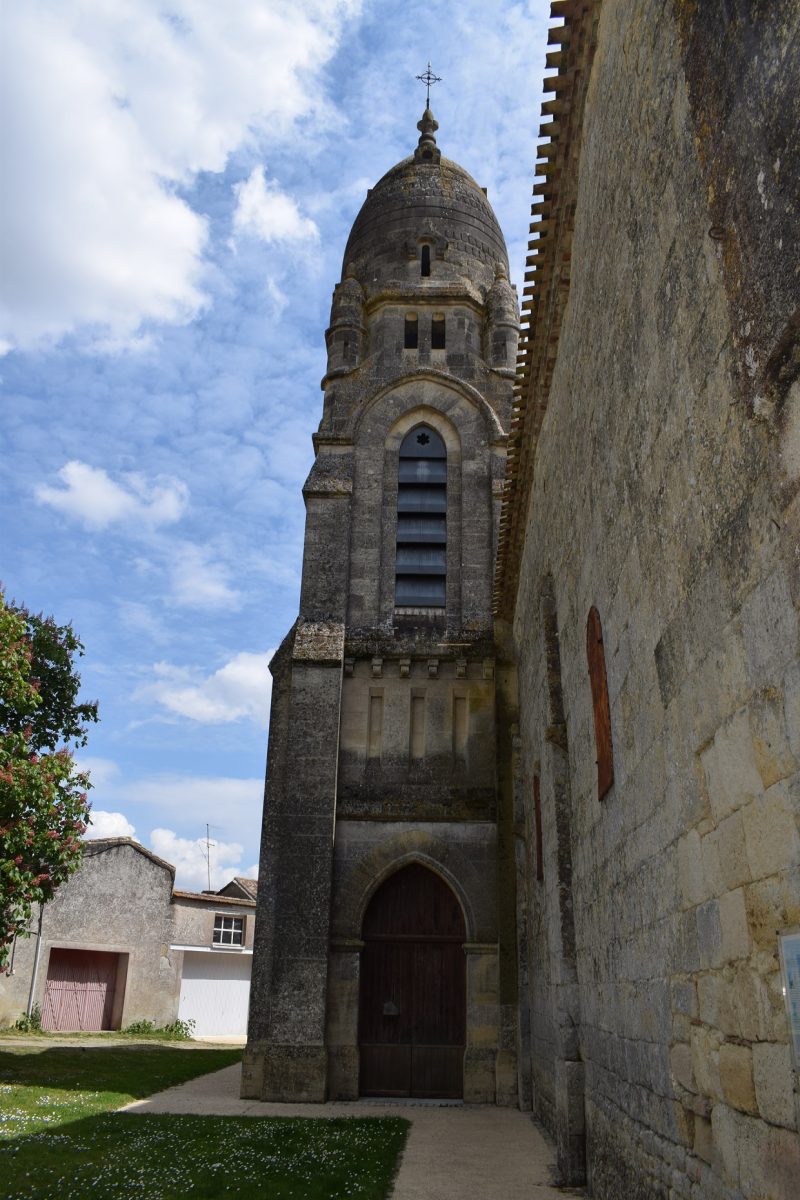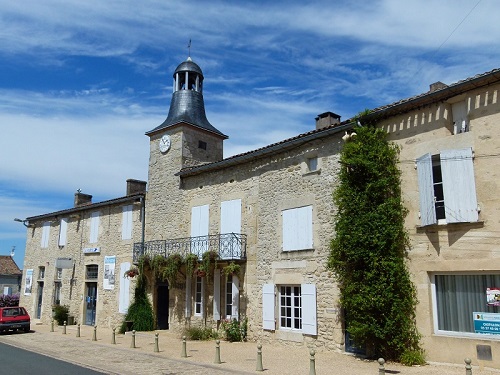Founded in the XNUMXth century on a rocky outcrop, the Bastide de Pellegrue is one of the eight bastides in the Gironde. In 1272, Henry III of England plans to install a country house next to the castle town. His son, Edward I, built this foundation in 1274.The bastide encompassing the castle town corresponded to a square of about 200 meters on the side. This country house, by extension was surrounded by ramparts protected by a moat. Its development was designed on the traditional octagonal system with a central square. On the sides of the central square, buildings including the town hall topped by a belfry.
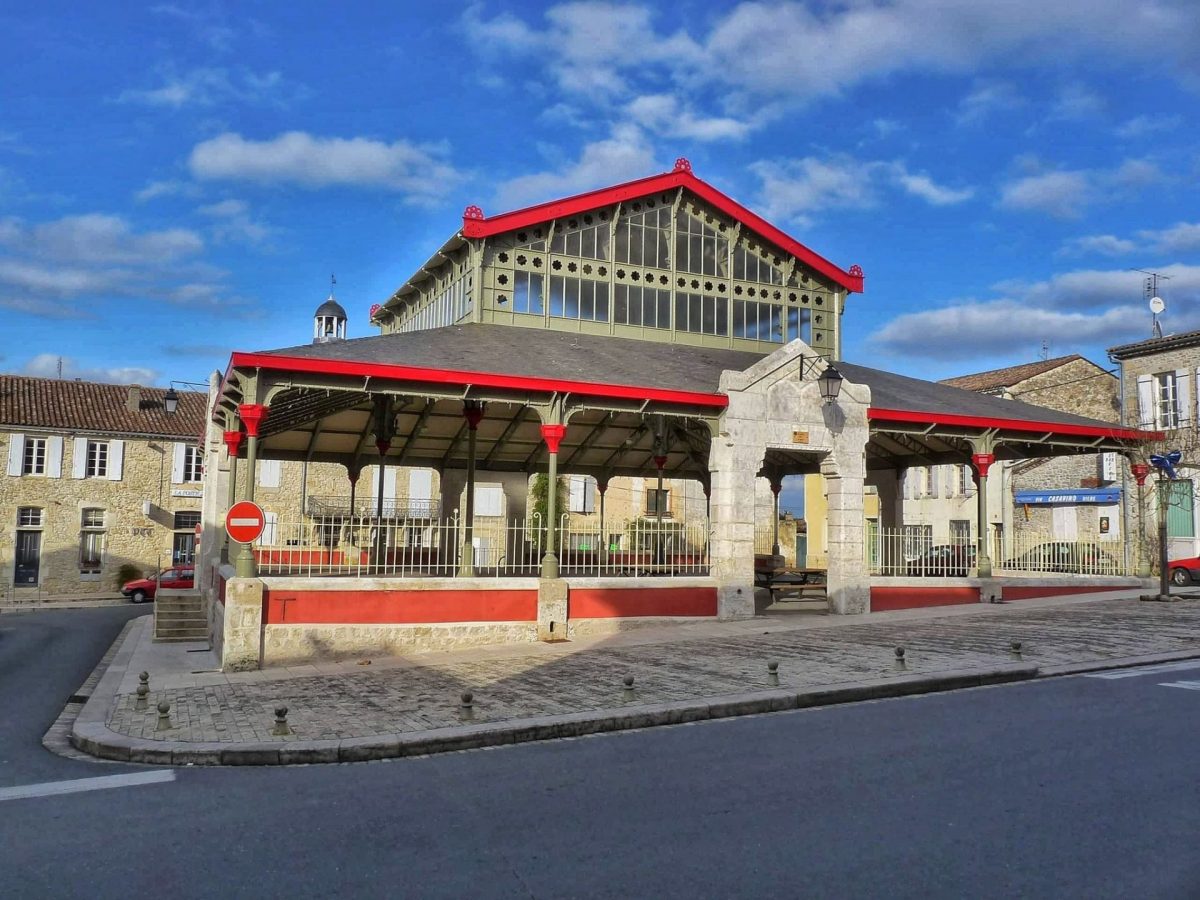
At the beginning of the XNUMXth century, the Pellegrue family already had a high rank. Originally from Bazadais, she owned, in all fairness, a land that had become the canton of Gironde, whose name Pellegrue was substituted for that of Tremblaville. It is probably they who erected the castle of Godemine (godemine means great celebration, great jubilation), a fortress around which the castle town developed with its church.
Its religious heritage mentions several churches. There are five of them including the Sant-André church in the village. The first mention of the parish church of Saint-André de Pellegrue dates back to 1082. It was the act of donation by Bishop Raymond de Bazas of the church under the name of "Pelle grua" to the monastery of Saint -Florent de Saumur. The patronage of Saint-André places the foundation of this Romanesque church in the course of the XNUMXth century.
The portal has four bare arches in a pointed arch, supported by columns with capitals decorated with human heads and leaves. The portal has been listed in the inventory of Historical Monuments since 1995.The architecture of the current church seems to date rather from the 1860th century; its plan is in the Latin cross. This facade was converted into a gable bell tower between the 1896th and XNUMXth centuries. After the collapse of the gable bell tower in XNUMX, a side tower bell tower was built in XNUMX.
La Bastide de Pellegrue on the way to Santiago de Compostela
The village of Pellegrue is crossed by many pilgrims.
Located on the road to Vézelay, it is a stopover for an appreciated rest. You can contact the tourist office (05 56 61 37 80) or the town hall (05 56 61 30 21) to find out about the availability of the Relais de Pèlerins.
The legend of Pellegrue
In distant times, they say, Tremblaville would have been a small city surrounded by wooden ramparts. One autumn night, brigands allegedly attacked it to loot it. But, in their movement of encirclement, they would have disturbed cranes which had stopped in the marshes, in the south of the agglomeration. The panicked cranes would have alerted the inhabitants, who woke up, were able to defend themselves and Tremblaville was not taken. In gratitude, the Lord of the place decided to take the name of Pellegrue (Pella = hill, grua = crane). The coat of arms of the lords, and therefore of the city, was to be a crane holding a golden vigilance in its right hand. "Golden vigilance being a stone held by the crane in its right paw". If vigilance fails, its fall awakens the crane. The cranes in their migration, always pass over Pellegrue and stop to spend the night in the vicinity.
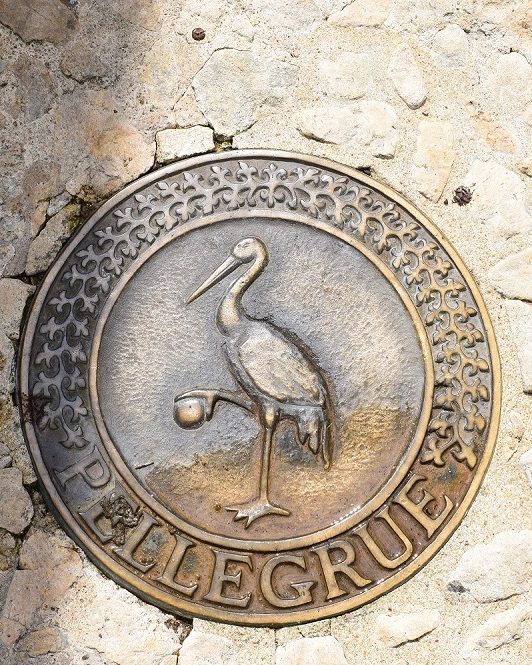
Blazon 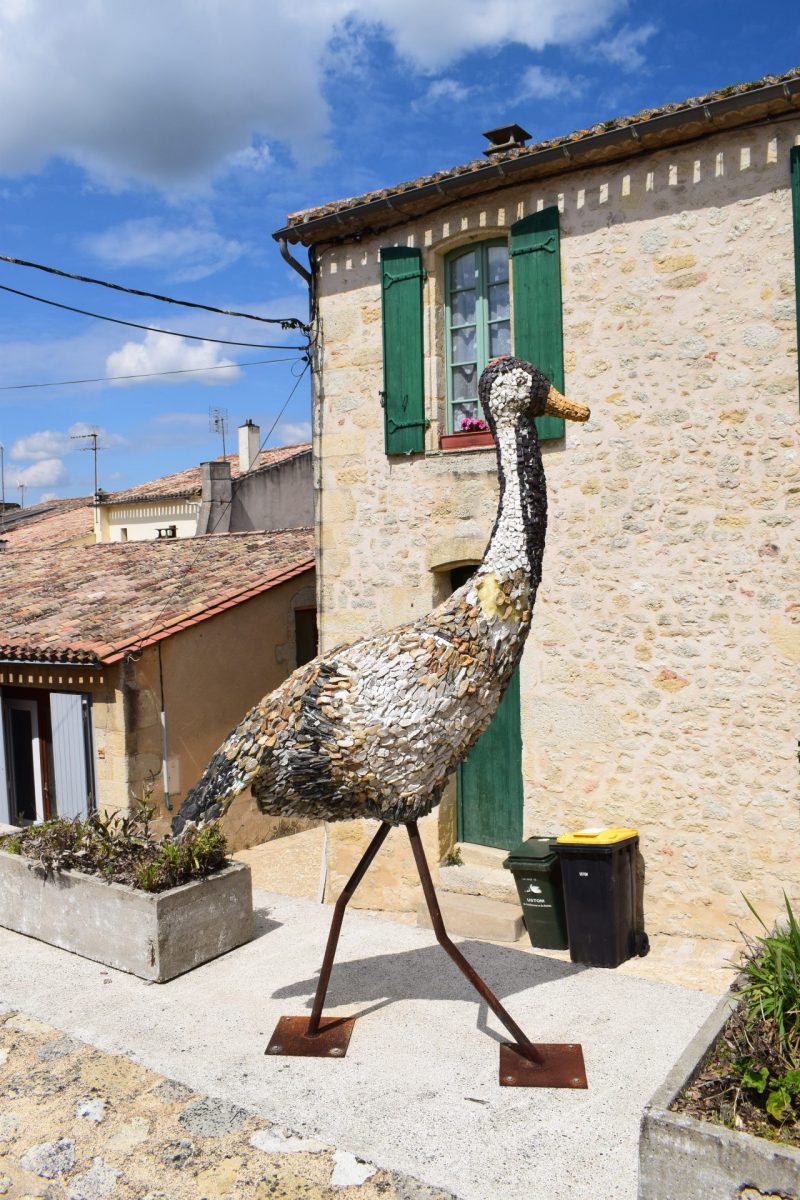
Crane













